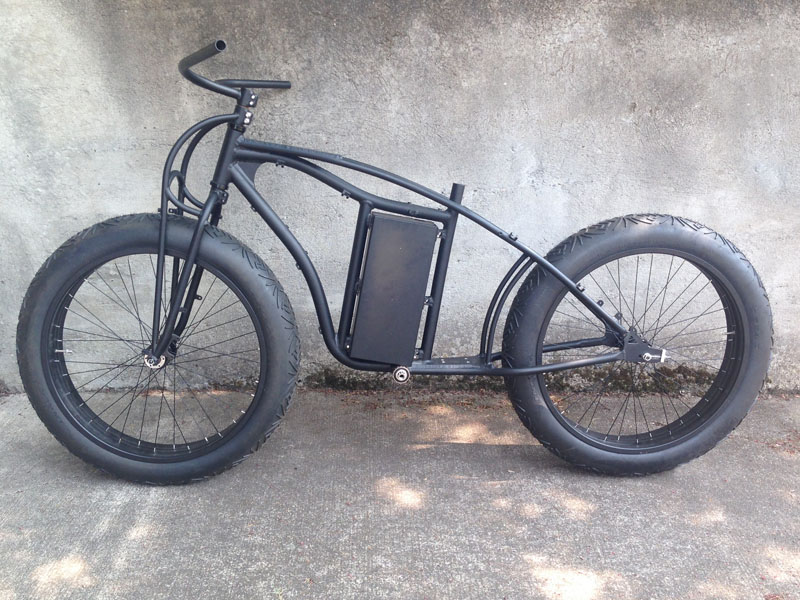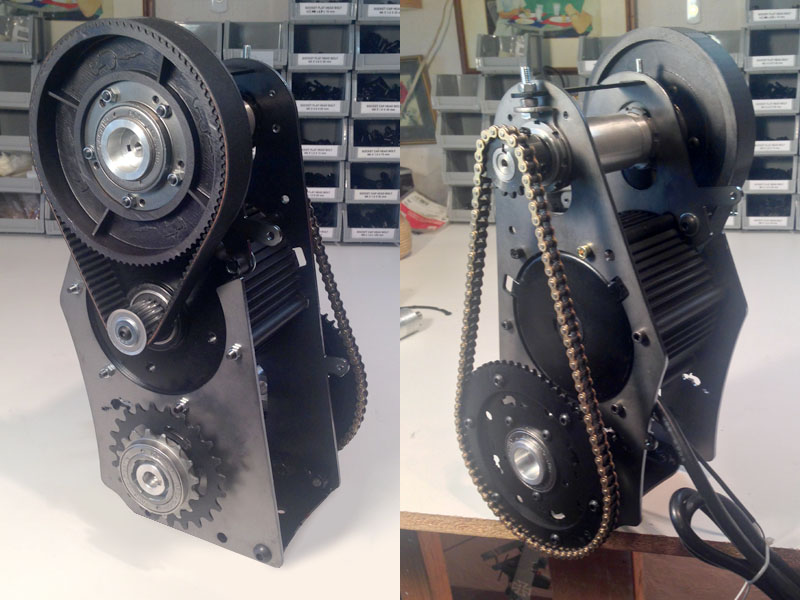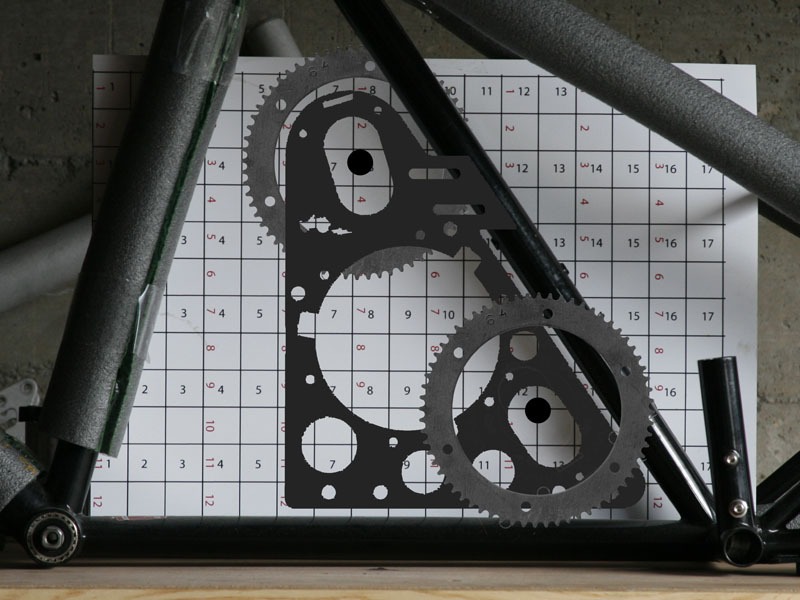LightningRods said:
This
Plus this
Build thread coming soon.
Greetings, Mr. Wizard....

This is my very first post to this forum, and I just read this entire thread. Your most excellent creation has brought me here.
I have a small welding and fabrication shop in Central Florida, and about seven years ago I was tinkering with and creating custom motorized bicycles with China motors:










They had jackshafts with freewheels, deraileurs, lights, brake lights, mechanical speedos, and what-not. Top speeds were in the 40-50 mph range.
The motors didn't hold up, were pollutive 2-strokes, and I became disenchanted. I had often though of going the electric route. Back then, hub drives
with battery packs on luggage racks were the norm' (read: unsightly, bulky, and not very streamlined cool looking, as I like to create on a more artisitc level.
Then I found your mid-drive creation here, a viable option in compact simplicity, and my creative juices started to flow once again.
Very Good, Sir! I commend you!
I'm writing today about your jackshaft option in the post I quoted from you. I was wondering if the configuration could be changed to a more triangular shape,
instead of inline in your post photos....
. O .
O . O
Lately, I've been playing with Fat Bike designs with custom frames that are stretched and slightly more low slung. I would like to incorporate a Big Block set up with a jackshaft into my creation, but as I see it, I would need this triangulated configuration to fit it as close to the rear wheel and behind the BB. (height is an issue)
I appreciate your time, sir, and any feedback would be greatly appreciated.
P.S.- So as not to derail this thread a piss off the OP, any questions about my gas bikes should be pm'ed to me.
Thanks!
BrettMavriK
"
"Whether you think you can or you can't,
eaither way, you are right." - Henry Ford














